Understanding the Importance of Light in Photography
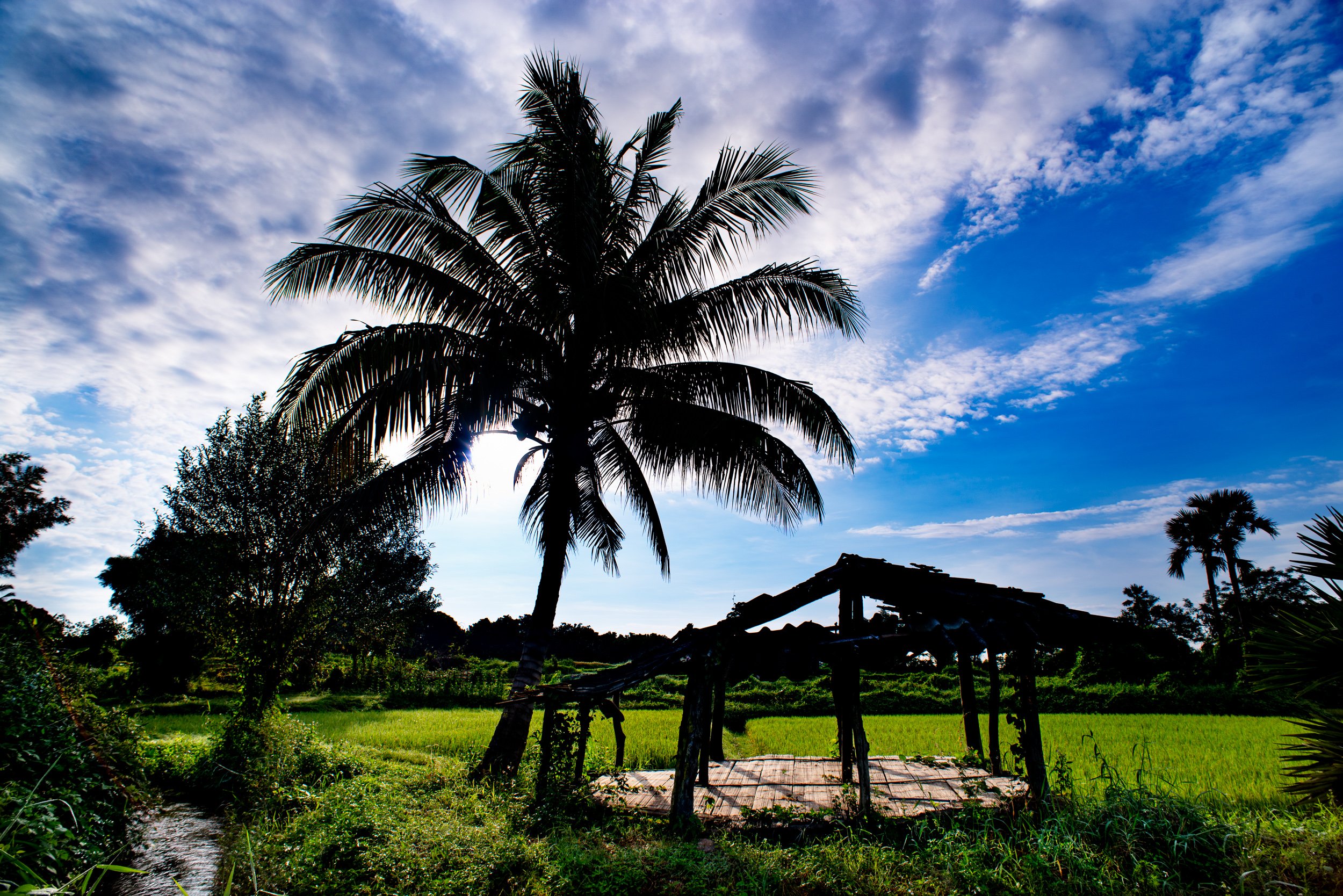
by
Kevin Landwer-Johan
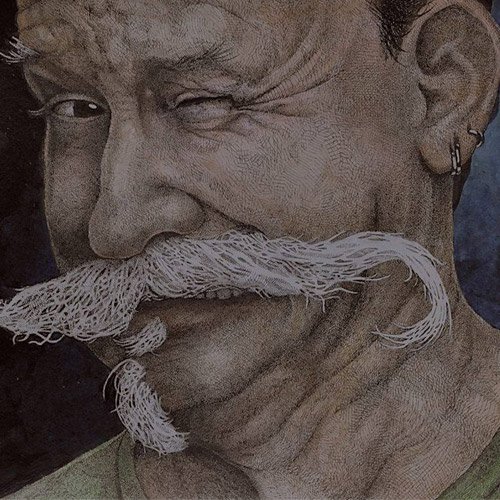
Everyone who owns a camera should understand the importance of light in photography.
The word ‘photography’ has its roots in the Greek language. Phōtós means light and gráphō means writing/drawing. Put them together and we have writing/drawing, with light. Light is the paint on our canvas. It’s the ink on our score or script. Light is a means by which photographers express themselves.
The quality, quantity, and direction of light influence every picture you take. The color of light makes a difference too, unless you are working in black and white. Managed well in photography, light plays an important part in the narrative a picture expresses. Understanding the importance of light in photography cannot be understated.
Ever since I bought my first camera I’ve understood that the more I can ‘see’ and appreciate light, the better photographer I will become. Being able to recognize differences in lighting conditions aids us immensely as photographers. The early morning light at the local fresh market or the sun peeking out from behind clouds after a late afternoon rainstorm. Sunlight reflecting off the pavement or a wall to illuminate a portrait of someone standing in the shadows. These are some of my favorite types of light.
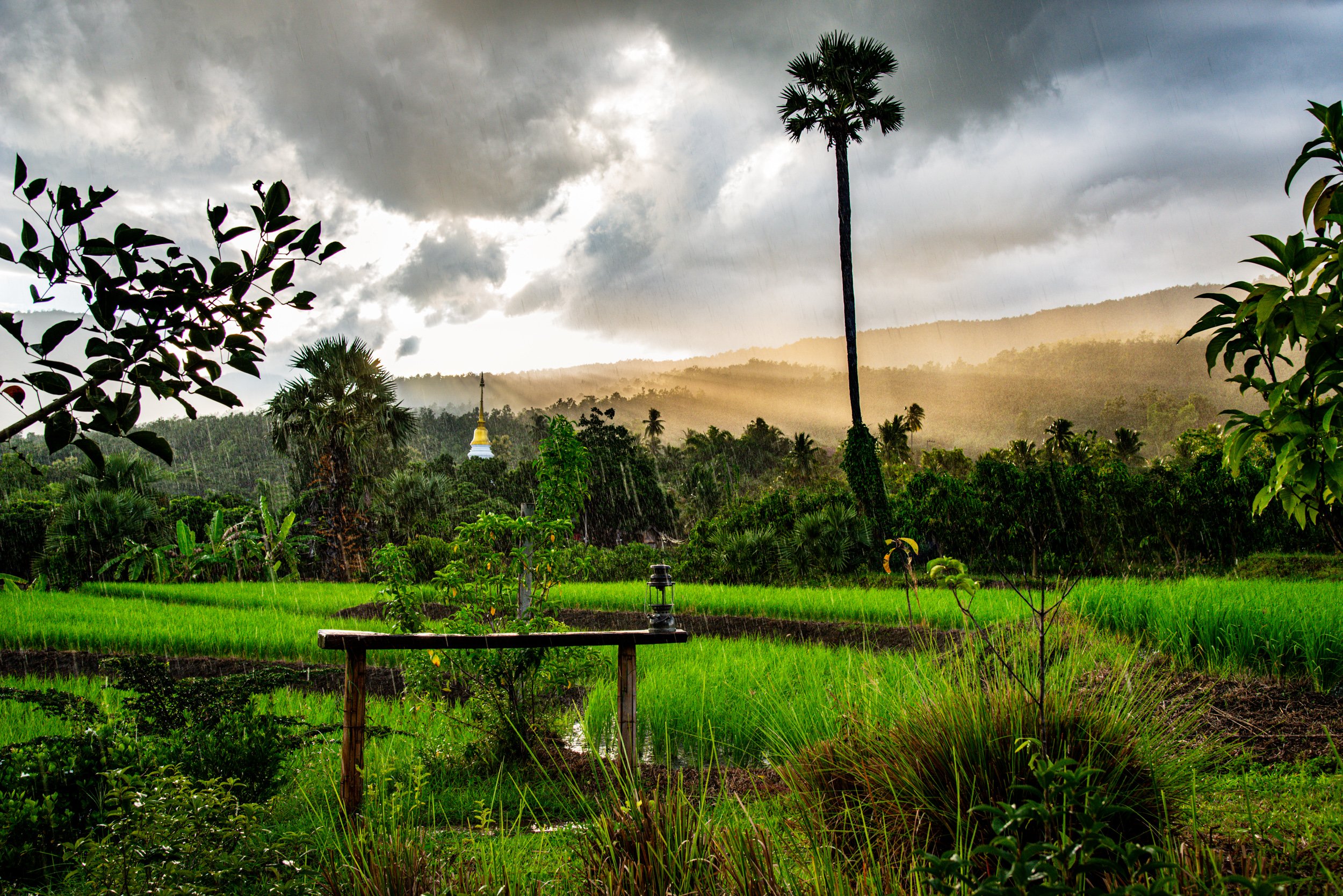
Two Types of Light
There are basically two types of light. Hard light and soft light. Both have variables including intensity and quality. The size of the light source also affects how light appears in our photographs. Exposure choices control how we see light in photos.
Photos taken in hard light often have a lot of dark shadows. The sun provides hard light on cloudless days. Speedlights produce hard light when used without any diffuser. Powerful LED flashlights are also another common source of hard light. How harsh the light is depends on its size relative to your subject. The smaller the light source is in relation to your subject, the harder the shadows are.
How you set your exposures and make use of the shadows and highlights contributes to the overall feeling of an image. This is all part of your creative expression as a photographer. Being aware of the light and choices you make when setting your exposures helps develop your style. Understanding the importance of light in photography is essential to the development of your personal expression.
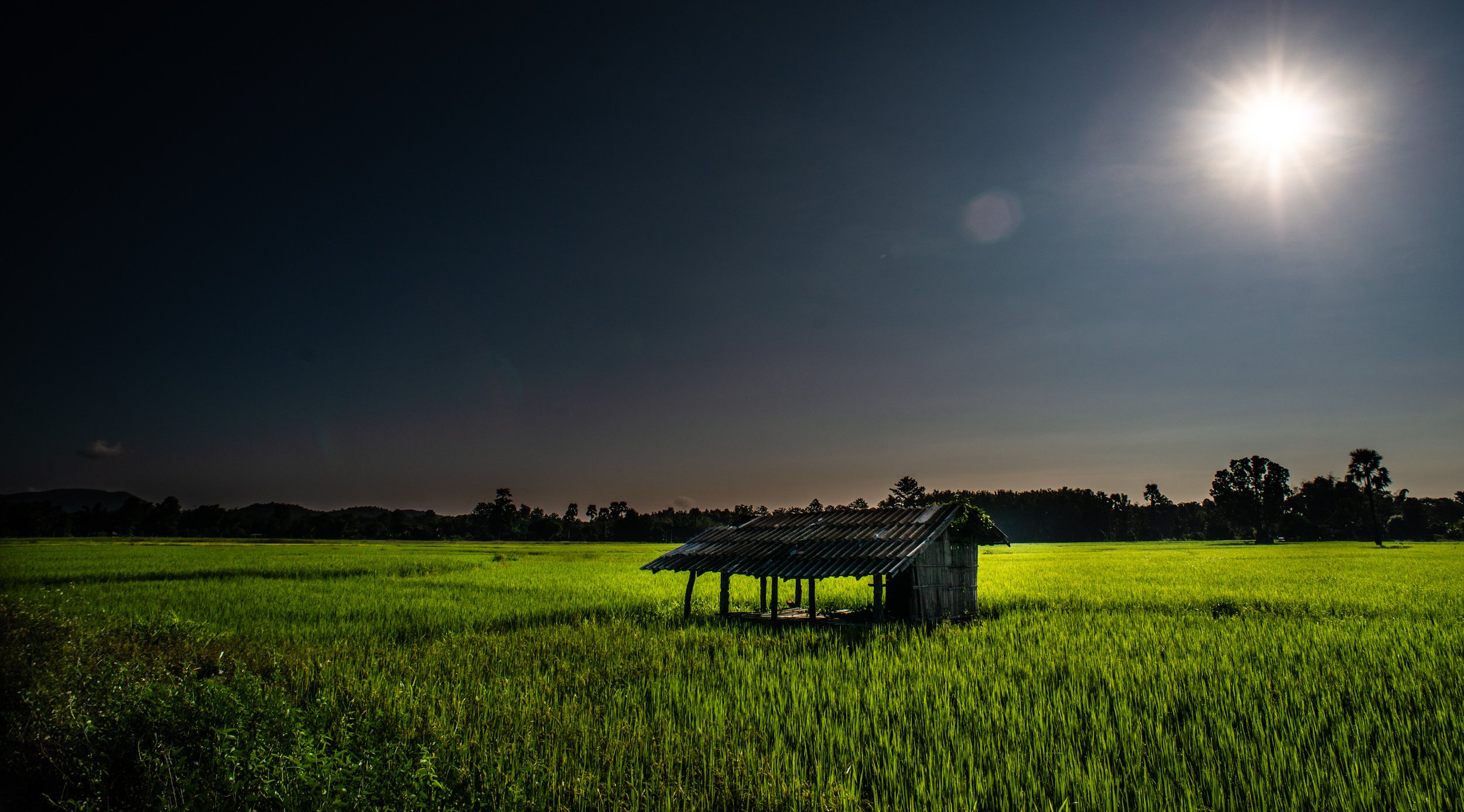
Understanding Soft Light in Photography
On cloudy days light from the sun is diffused and much softer. Any hard light that has some form of diffusion becomes softer. Modify light from a flash with a simple clip on filter or a softbox and the light becomes softer. The quality of light depends on the style and size of what diffuses it.
Shadows in soft light blend into light areas gradually. They are soft-edged and sometimes imperceptible. Soft light shadows tend to play less of a role in the structure of photographic composition than hard light shadows.
Setting your exposure in soft light is less challenging. Your camera’s digital sensor will record the full tone range when you’re taking photos in soft light. Light meter readings and exposure adjustments are not so critical as in hard light where the contrast and tone range is greater.

Understanding Hard Light in Photography
Outside on a sunny day the light is hard. Even though the sun is a huge light source it provides us with hard light when it directly affects our subjects. Because the sun is so far away it is relatively small compared to anything we take photos of. This means the shadows have hard edges and are well defined.
Understanding hard light in photography is most important. Hard light affects the contrast range in a photo. The brightest areas will be brighter and the dark areas can be much darker. Compare the same subject photographed in hard light and in soft light and you’ll soon see the differences.
You must make more careful choices about how you set your exposures in hard light. Understanding how the camera’s light meter works and how to choose the best settings will help you make better exposures.
Being in control of your camera’s exposure is critical when you are taking photos in hard light. Relying on any of the auto exposure modes will not produce the most creative results. To learn more about this topic, check out this article.
Golden Hour Light
Many photographers prefer to take photos during the ‘golden hour’. This rather ambiguous term refers to the time a little after sunrise and just before sunset. The optimal time varies depending on where you are on the planet, what season it is, and weather conditions. It’s rarely, if ever, an actual hour. The ‘golden’ part is what’s relevant.
When the sun is low in the sky its light rays travel through more of the earth’s atmosphere before we see it. This alters the color temperature of the light, often rendering it in warm, ‘golden’ tones. The light is also softer and, because the sun is at a low angle, shadows are longer. These factors combine to provide photographers with interesting conditions. Images created during these times of day can appear pleasant and spirited.
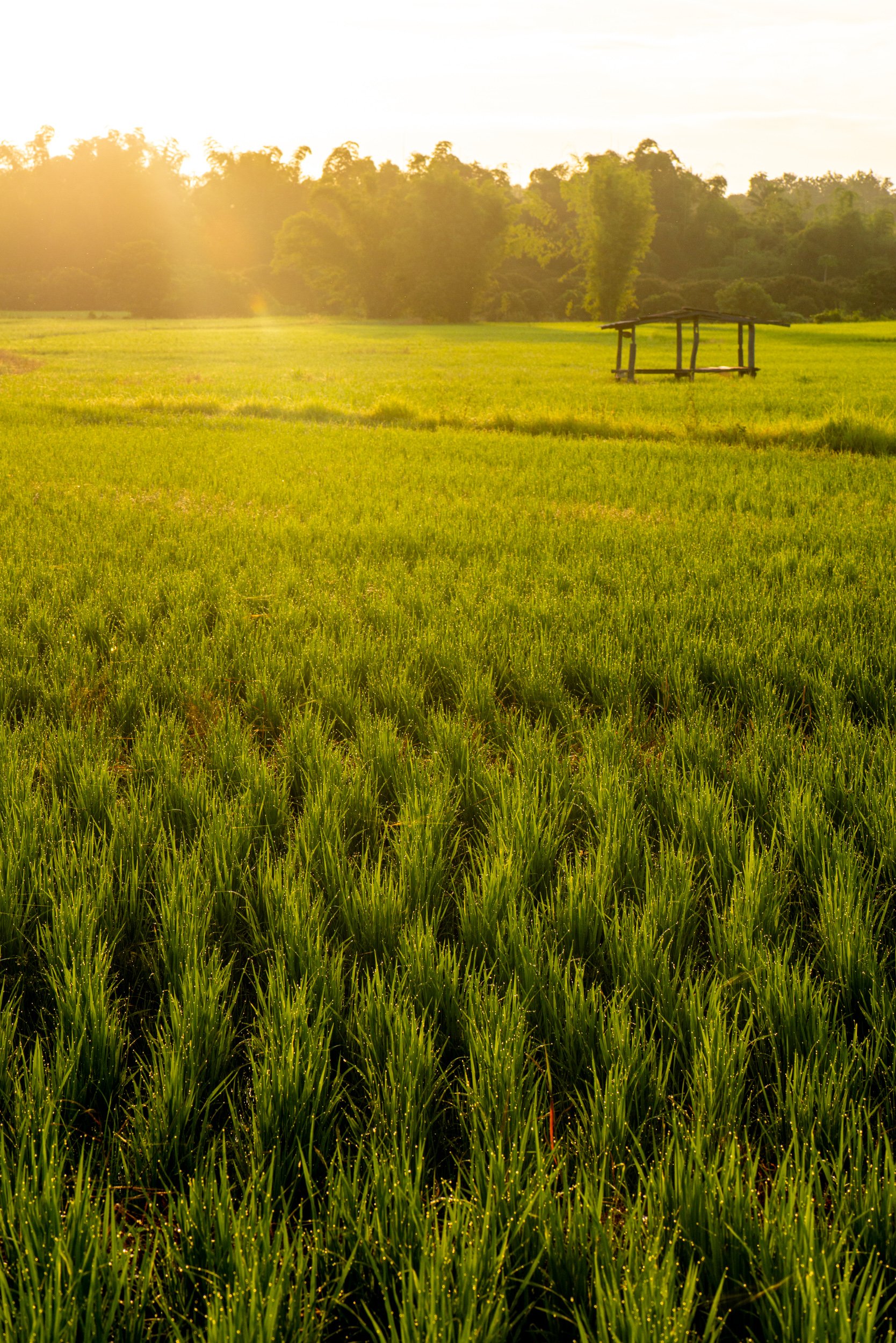
Blue Hour Light
A short time before the sun rises and not long after it sets each day the light can be radically different. These times are often called the ‘blue hour.’ Again, the word ‘hour’ is not literal. When the sun is not far below the horizon the light appears bluish. This is because of the way its rays refract with ozone in the earth’s atmosphere. For a short period of time during the blue hour, it will be possible to capture the sky in rich blue tones. This can be particularly attractive when there’s another light source, or many, in your composition. You can use any other light source, such as;
- Street lights
- Fire
- Flash light
- Mobile phone
Balancing the additional light with the ambient light will determine how blue the sky appears. You must take your photos when the exposure value of the added light matches that of the sky.
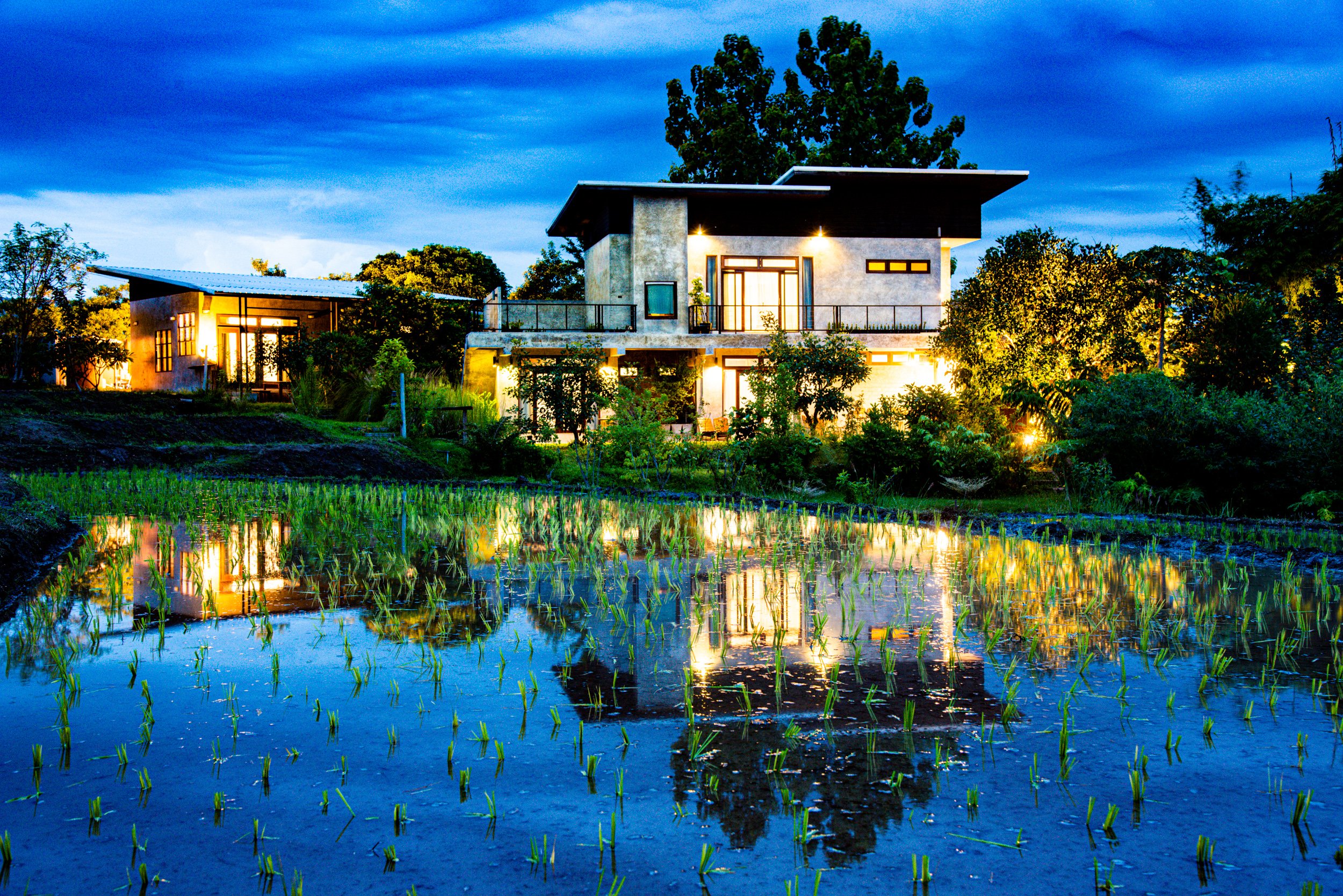
There’s No Such Thing As Bad Light
I do not subscribe to the popular belief that light in the middle of the day is not good for photography. Many photographers avoid going out to make photographs when the sun is high in the sky and the light is harsh and the shadows are strong. It can be more challenging to make good pictures in these conditions, but it’s not impossible.
Sometimes you have limitations and the middle of the day may be the only time you have to photograph a particular location. While traveling, sometimes you can’t return to the same location when the light is more friendly. There’s no other option than to make photographs in these conditions. Any time you face circumstances like these, treat it as a challenge and time to experiment. If you’re out with your camera on a summer’s day and the sun is high in the sky, you can still make great photos.
Wherever there is light you can make photographs. You will not often be anywhere there’s no light. I don’t believe there’s such a thing as bad light. Sometimes the light will be more challenging than at others. This is when the photographer’s skill is tested. Learning to see and manage the light, and your exposure, helps you to create better photos in any situation. Understanding the importance of light in photography starts with you being able to appreciate the quality of ambient light.

Anticipate the Lighting Conditions
Photos of some subjects and locations will look better in one type of light than another. So you must learn to anticipate the lighting conditions. Then plan to photograph when the light is best for the style of pictures you wish to create. Alternatively, create the look you want by adding light that you can control. Using flash, continuous lighting, or reflectors you can often manipulate the look and feel of the light.
Good writers influence the mood of their prose with the words they choose. Good photographers can do the same with light. When you’re taking portraits, matching the style of lighting to the emotion you’ve asked your subject to convey will enhance your photo. Bright, shadowless lighting will make for happy pictures. A more solemn mood will prevail with softer light and dark shadows. A romantic feeling can be embellished using a back light and allowing it to flare in the lens.
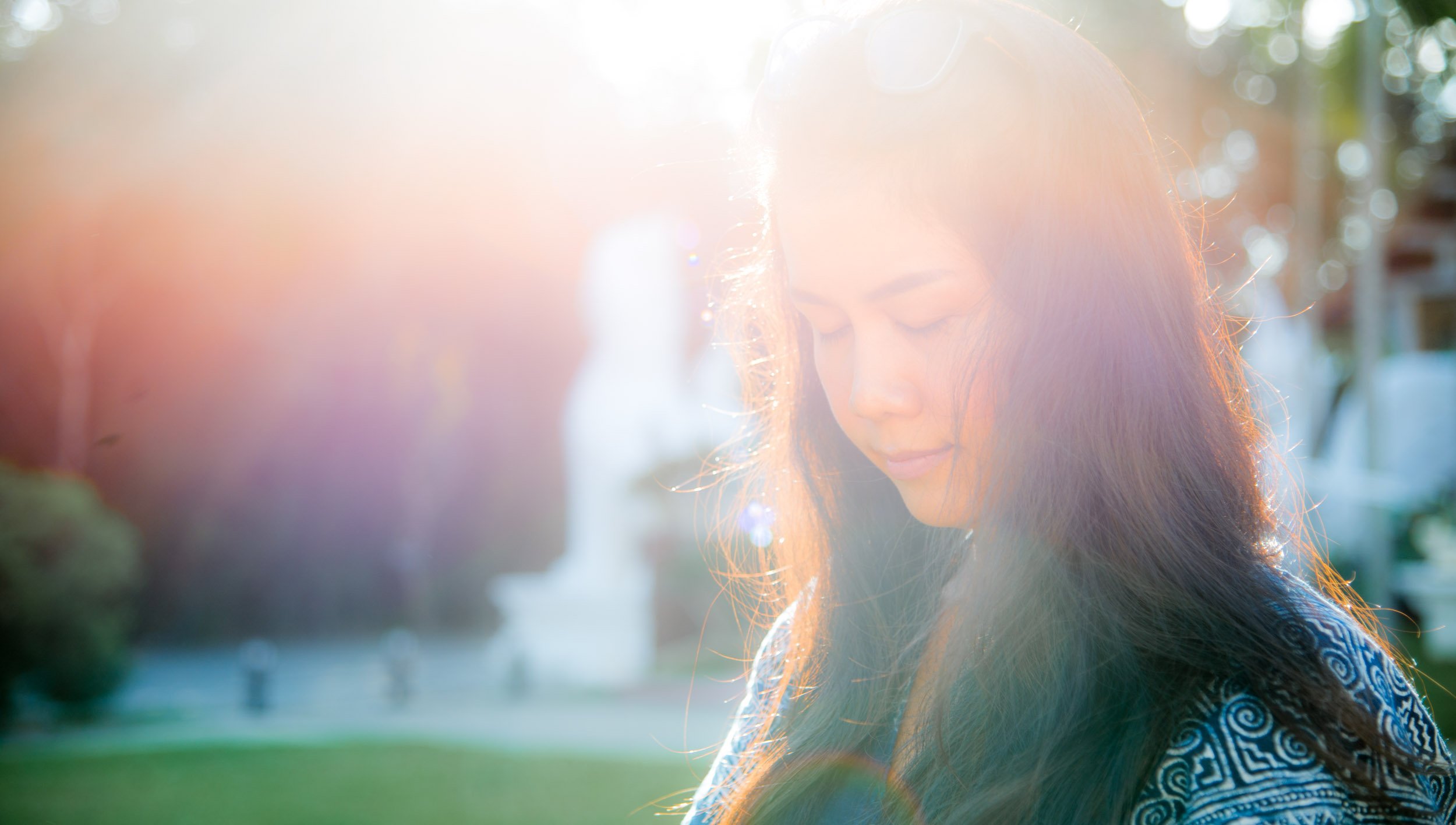
Understanding the Importance of Light in Photography
Light is the essence of photography. The more understanding of the importance that light has in photography, the better photographer you will be. Learn to see the light and appreciate it. Understand how the two different types of light create alternative moods in a picture. The more you can match the light to the atmosphere you wish to create, the stronger your photographs are.
Learn to love the types of light that best suit your style of photography. Maybe you love the blue hour or the golden hour. Many photographers do. Often photographers prefer soft light because it’s easier to capture a full tone range in a single image.
Professional photographers must learn to work with whatever ambient light there is. They cannot return to a client or editor with the excuse that the light was bad. This just will not cut it. Understanding the importance of light in photography should motivate you to create great photos in any kind of lighting. There is no such thing as bad light.
Further Reading
If you’ve enjoyed reading this article you will also enjoy “Mid Day Madness” and “Master Your Exposure by Visualizing Your Image”.
